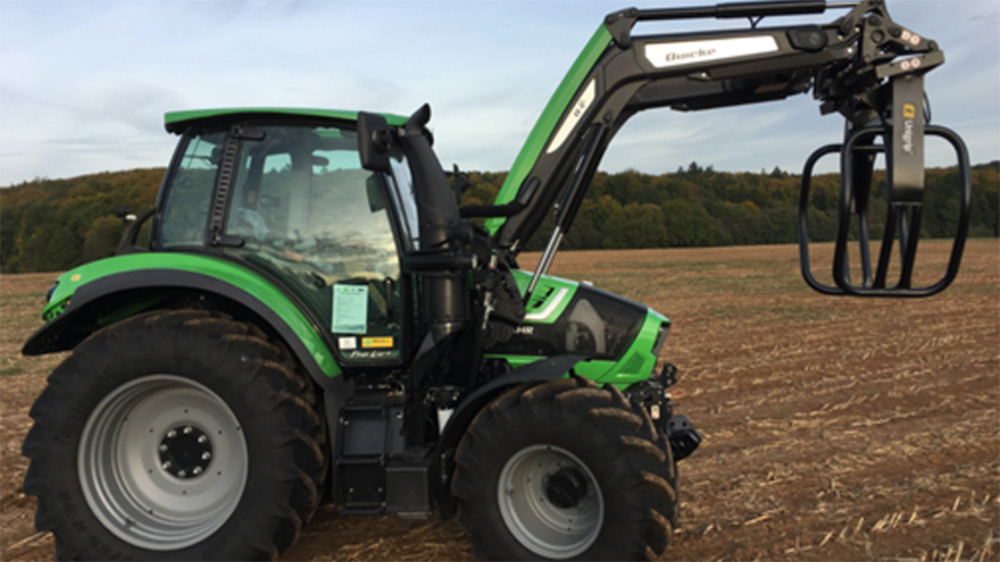Creaform
Ålö Agricultural Machinery (Ningbo) Co. Ltd., a wholly owned subsidiary of Ålö, is a leading manufacturer of loaders and implements for agricultural tractors.
|
ADVERTISEMENT |
With production facilities in four countries, and customers in more than 50, Ålö holds approximately 30% of the world market for tractor loaders exceeding 50 hp. Since 2020, the company has been part of the JOST Group, a renowned manufacturer of safety-critical systems for commercial vehicles.
Ålö pursues new solution
Traditional 3D measurements no longer offered the right level of performance. Ålö needed a reliable and efficient solution for conducting detailed 3D scanning of its machinery, particularly focusing on the primary machine and mechanical parts. The goal was to analyze the loader’s manufactured parts’ dimensions and deviations.
The existing measurement methods—manual or using a coordinate measuring machine (CMM)—were inadequate and inefficient due to the size of the parts, which couldn’t be moved easily, and the tight tolerances on dimensional accuracy.
…

Add new comment